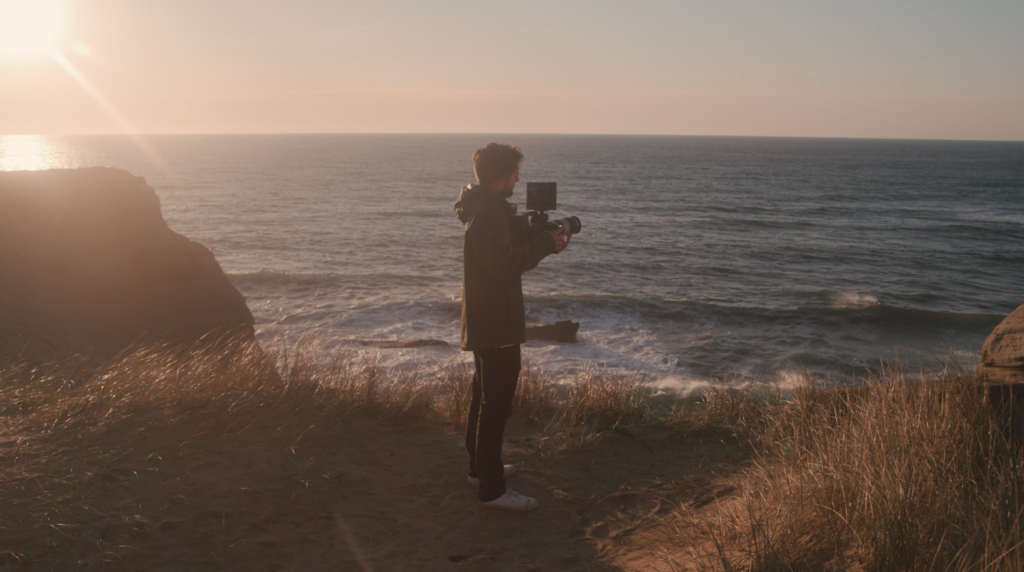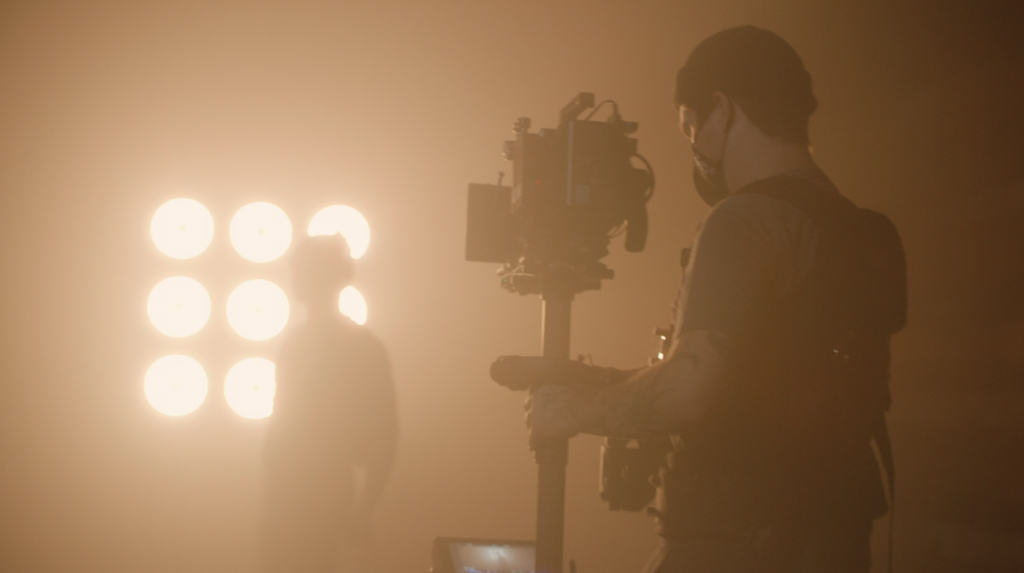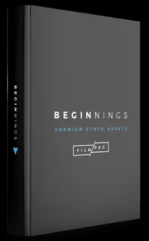
Filmpac Footage Contributor Program
Want to make money selling footage through a major stock footage platform like Filmpac? This page will walk you through the processs.
Continue ReadingBoth cinema lenses (also known as cine lenses) and photo lenses are commonly used in indie filmmaking. But what’s the difference between the different lenses, and which one should you use for your full frame cinematography?
We’ll break it all down and list the functionality, pros, and cons of each.
Most filmmakers, especially those who use DSLRs, are familiar with photo lenses. Also called “still lenses”, these are standard-issue with most mirrorless cameras, and can even be used on some cinema cameras with certain mounts and adapters.


They’re designed for still photography, but are commonly used in the video world.
Photo lenses are relatively cheap, lightweight, and durable. They’re also non-parfocal, meaning that when you zoom in or out, your focus point will move, known as focus breathing. Photo lenses also generally have automatic settings that can integrate with your camera, such as iris control and autofocus.
You can buy 3rd party focus rings (or aperture rings or iris rings) and teeth to add to a photo lens if you want to use it with a follow focus, or need a whip for a focus puller.
Both cine lenses and photo lenses come in various focal lengths.

Cinema lenses, on the other hand, are designed specifically for high-end filmmaking. They’re heavier and are generally much more expensive. They also usually have built-in focus teeth that can lock into a follow focus on your camera rig to adjust focus throw. Cinema lenses are almost always manual focus.
Typically, you’ll want to make sure that you have rails and a lens support when using cinema lenses, as their weight can damage the camera’s sensor over time if left unsupported.


Cine lenses are parfocal, so they can keep focus while zooming without affecting image quality. And while their settings are all manual, they have much smoother and more precise focus and iris controls. Cine lenses are also generally much sharper at low t stops than their photo counterparts, which can make for a more cinematic look and feel and increased bokeh.




Both types of lenses are commonly used in video production, with photo lenses (Canon, Sony, Panasonic, and Nikon are popular brands for photo lenses) being the cheaper and more versatile alternative to the heavier and more precise cinema lenses (Cooke and Zeiss are go-tos for cine lenses).
So for the average cinematographer, the lens you choose will always depend on your project, budget, and which filmmaking camera you’re using.
Kevin Graham is the Music Director at Filmpac.

Want to make money selling footage through a major stock footage platform like Filmpac? This page will walk you through the processs.
Continue Reading
By far, the two most common frame rates in modern American video editing and production are 24fps and 29.97fps. Here's the difference.
Continue Reading
There are 5 main types of camera movement. We break each of them down and show you how they can help you tell your stories better.
Continue Reading
If you’re a photographer or filmmaker, you’ve likely heard of The Rule Of Thirds. here's a guide on how to apply it and when to break it.
Continue Reading
Filmpac’s newly-designed Project Feature is a powerful tool for collaborative video editing. Here’s a quick rundown of how it works.
Continue Reading

One of the most difficult parts of being a professional filmmaker is effectively managing and budgeting your time.
Continue Reading
Want to make money selling footage through a major stock footage platform like Filmpac? This page will walk you through the processs.
Continue Reading